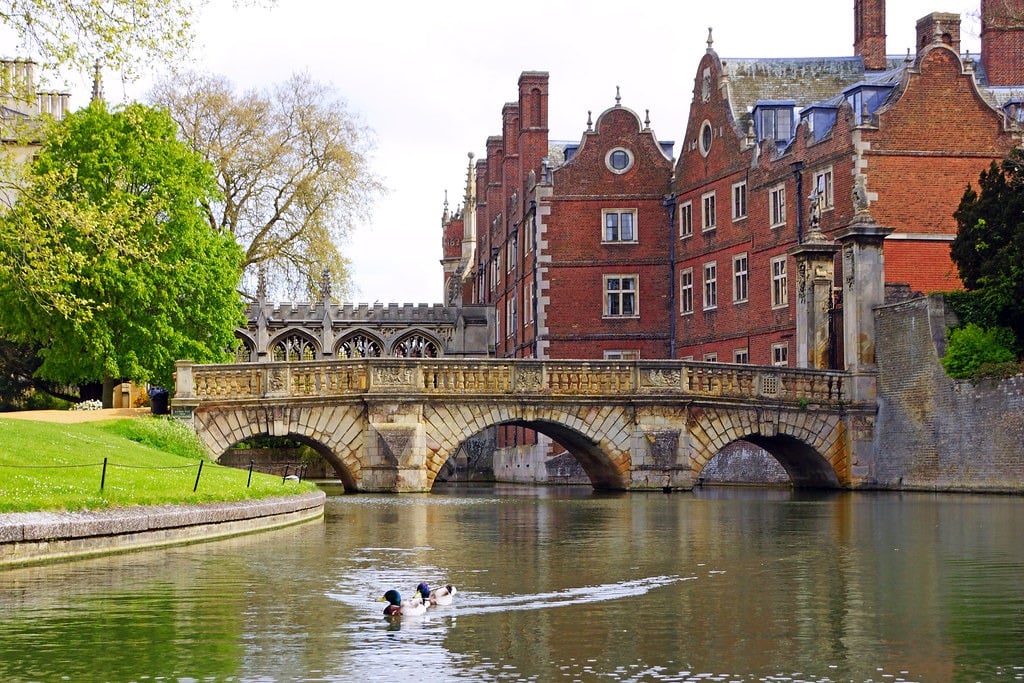Why Is The Gothic Revival Bridge At St John’s College, Cambridge, Called The Bridge Of Sighs?
The Bridge of Sighs at St John’s College, Cambridge, is a charming and historic bridge that spans the River Cam.
Built in 1831, this stone-covered bridge connects two parts of the college.
It has become one of Cambridge’s most recognizable landmarks.
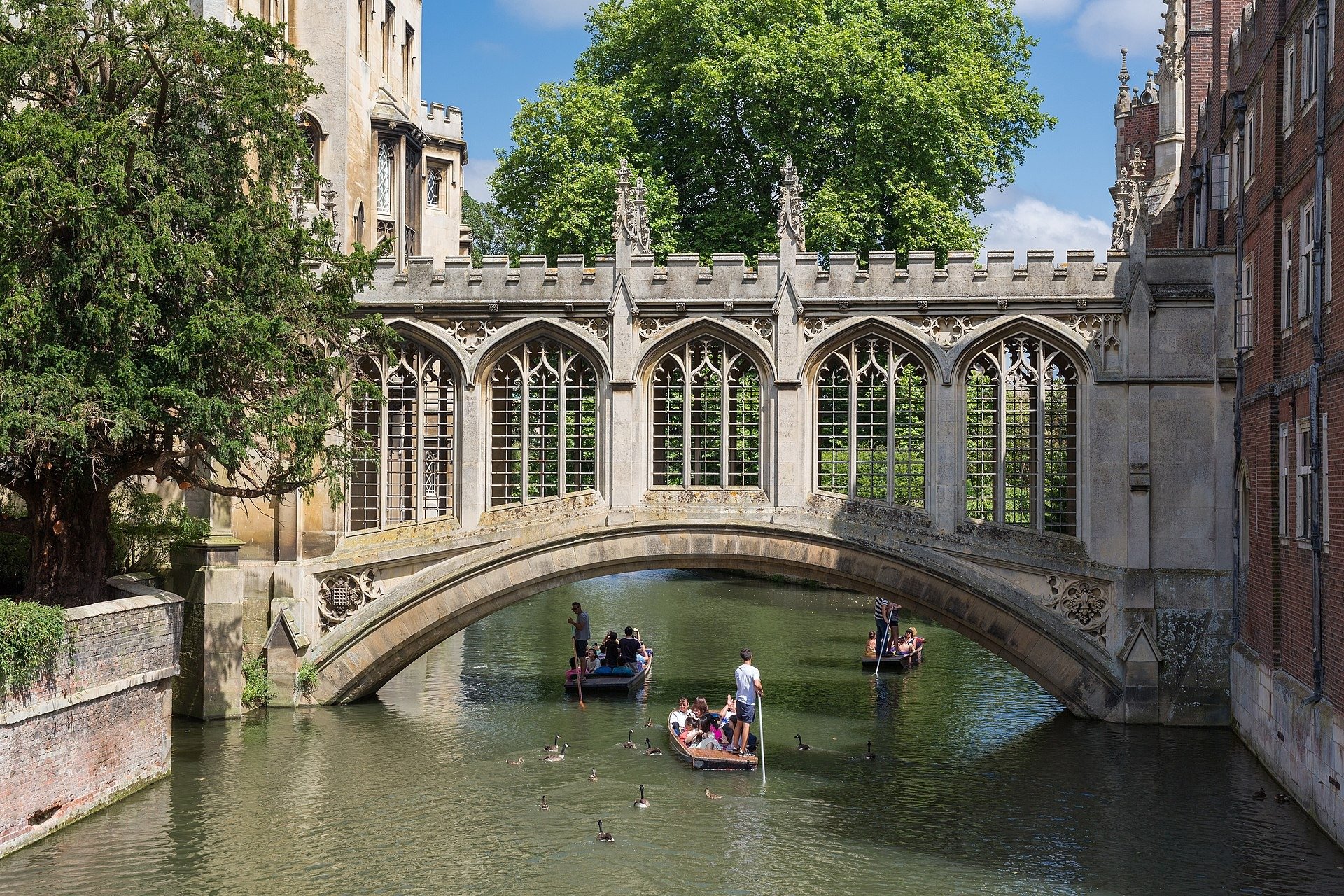
A Gothic Revival Masterpiece
The Bridge of Sighs was designed by Henry Hutchinson, an architect known for his work in the Gothic Revival style.
Hutchinson was a student and partner of Thomas Rickman, another Gothic revivalist.
The bridge was part of St John’s College’s expansion westward across the River Cam.

This expansion included the creation of New Court, a set of buildings designed in the fashionable Gothic Revival style.
Hutchinson’s design was completed just before his death in 1831, making it a notable example of early 19th-century architecture.
A Name Borrowed from Venice
The Bridge of Sighs in Cambridge was named after the famous Bridge of Sighs in Venice, Italy.
Despite its name, the Bridge of Sighs in Cambridge shares little in common with its Venetian namesake, save for the fact that both are covered bridges with arched bases.
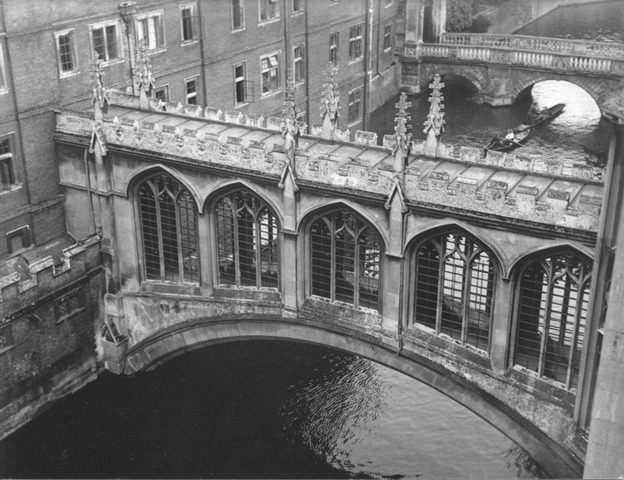
The original Bridge of Sighs in Venice connects the Doge’s Palace to the prison, evoking a sense of melancholy as prisoners glimpsed their last view of the city before their incarceration.
In contrast, the Cambridge bridge exudes a different kind of charm, with its open Gothic fenestration and graceful arch.
Queen Victoria herself is said to have preferred this spot above all others in Cambridge.

A Hub of Student Pranks and Popular Culture
Over the years, the bridge has been a site for a few famous student pranks.
In June 1963, a group of students managed to hang a 1928 Austin 7 car from the bridge using punts and ropes.
Another car, a Bond or Reliant Regal, was suspended in 1968.
Fortunately, neither stunt caused any damage to the Grade I listed building.
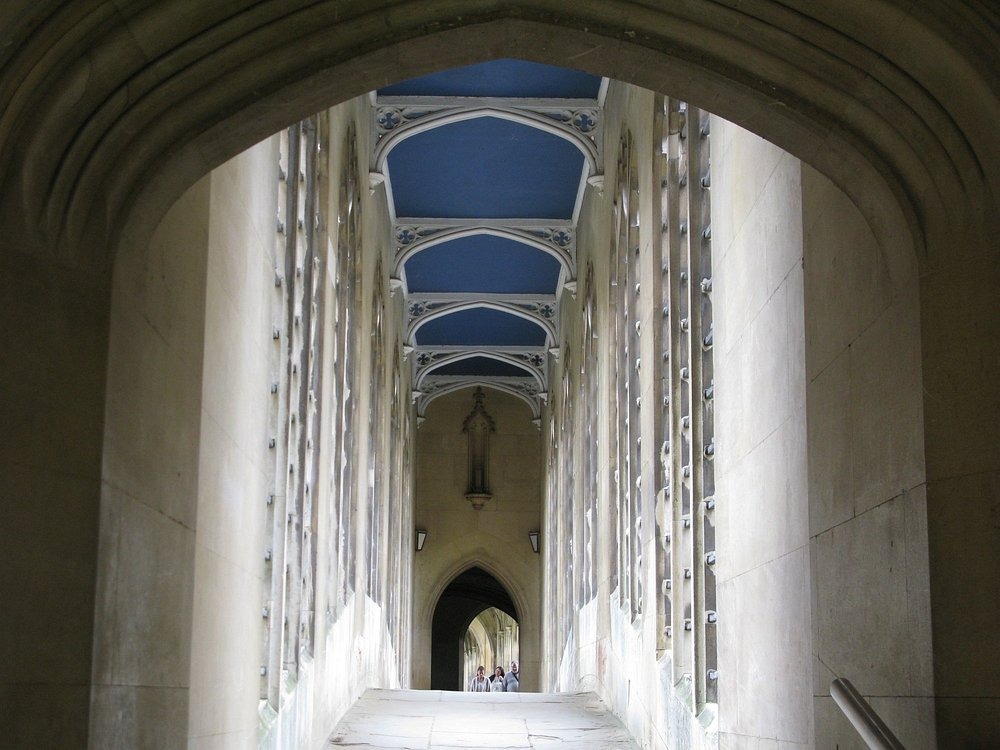
The Bridge of Sighs has also appeared in popular culture.
It was featured in the films ‘Elizabeth: The Golden Age’ (2007) and ‘The Theory of Everything’ (2014), and even showed up in the music video for Pink Floyd’s song “High Hopes.”
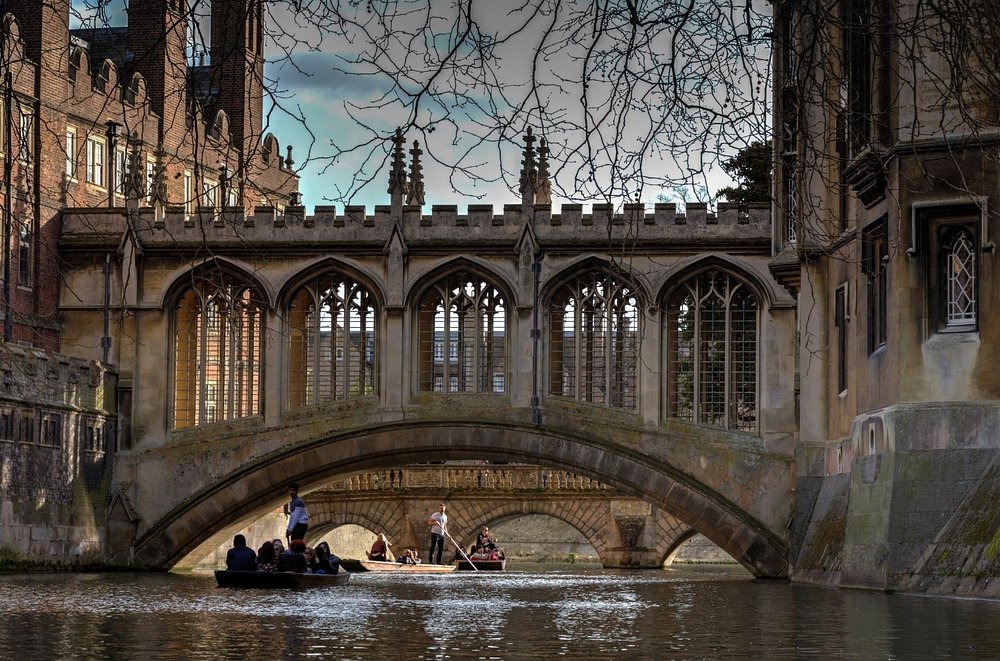
A Favorite Spot for Scholars and Tourists
For former Singaporean Prime Minister Lee Kuan Yew, the Bridge of Sighs held personal significance.
During his time as a student at St John’s College, he had photos taken there in 1947.
He returned to the bridge for photographs upon his son’s graduation in 1974 and again in 2000.
Today, the Bridge of Sighs is a major attraction in Cambridge, drawing thousands of visitors who come to admire its architectural beauty and historical significance.
Although access to the bridge is restricted to students, staff, and Fellows of St John’s College, visitors can enjoy an uninterrupted view from nearby vantage points.
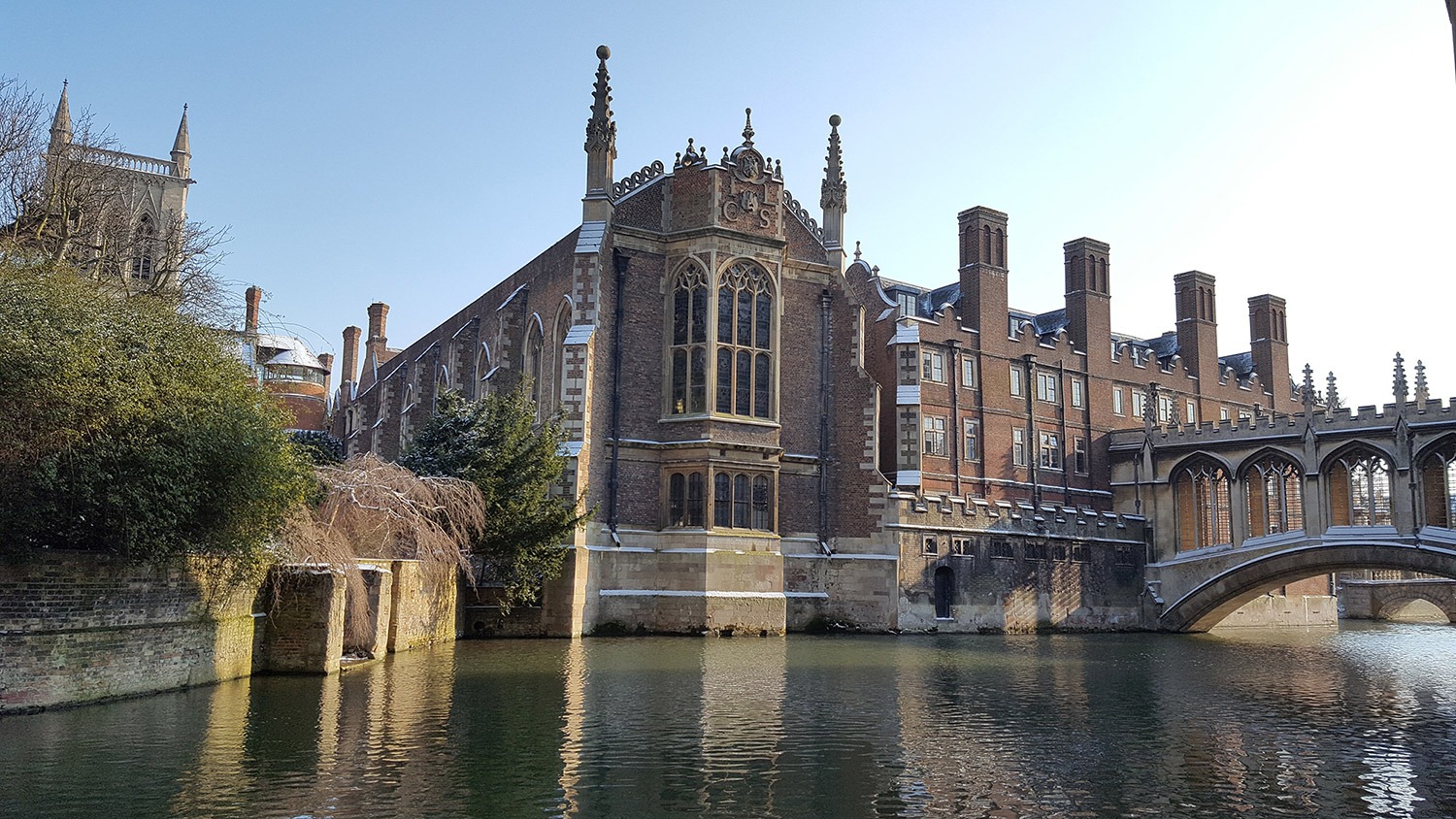
Nearby Attractions
St John’s College
St John’s College, founded in 1511, was already old when the Bridge of Sighs was built.
Before the 19th-century expansion, all college buildings were on the east side of the River Cam.
The new buildings and bridge extended the college’s presence westward, making it the first college to do so.
The bridge, initially called “New Bridge,” soon became known as the Bridge of Sighs, connecting it to the famous Venetian bridge, even though their designs are quite different.
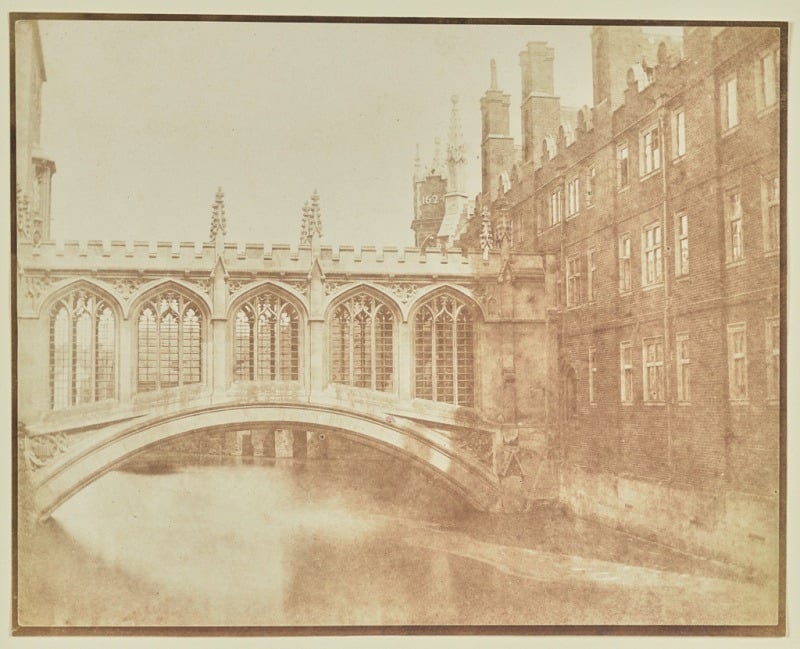
The first photograph of the bridge was taken by William Henry Fox Talbot, a pioneer in photography, around 1844.
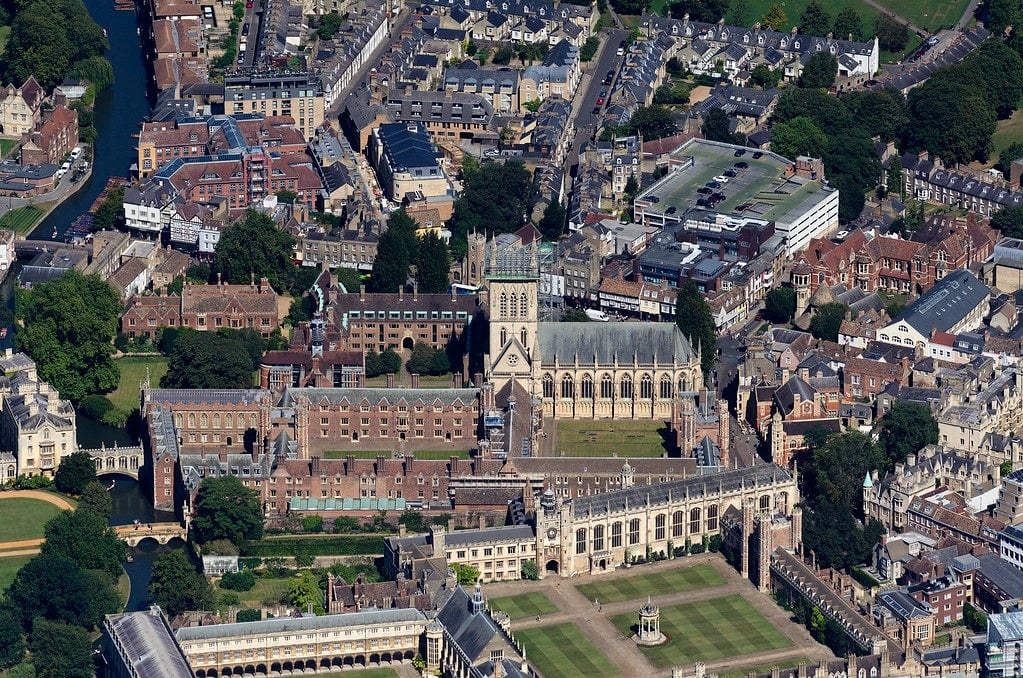
Two Bridges at St John’s
St John’s College actually has two bridges.
The other is the Wren Bridge, also known as Kitchen Bridge, which was built in 1713.
This bridge was designed by Sir Christopher Wren and replaced an earlier wooden bridge.
Unlike the Bridge of Sighs, the Wren Bridge was used by the public and traders, while the Bridge of Sighs connects the college’s older and newer parts.
